Fashion
GLOBAL PINOYS: The Rise of a Global Brand
Starting out as a ready-to-wear business built on bold ideas, Penshoppe has become one of the country’s biggest retail brands, with a roster of “All Stars” that makes them poised to take on the international market. Bernie Liu and Golden ABC are a prime example of how a group who barely had any background on the industry staked a claim on fashion with designs that capitalized on youthful fun.

Starting out as a ready-to-wear business built on bold ideas, Penshoppe has become one of the country’s biggest retail brands, with a roster of “All Stars” that makes them poised to take on the international market. Bernie Liu and Golden ABC are a prime example of how a group who barely had any background on the industry staked a claim on fashion with designs that capitalized on youthful fun.
It is not surprising how the country’s leading fashion powerhouse, Golden ABC, would trace its roots to a province in the Philippines known for its resilient and fiercely independent people. Cebu may bear traces of the beginnings of Spanish colonization from hundreds of years ago, but prior to that, it had always been a center of trade for what is now called the southern Philippines, whose people had long been doing business with China, Malaysia, Japan, India, Burma, and other parts of Asia. In a land that nurtures the entrepreneurial spirit, visionaries and business leaders are always on the rise.
Chasing his own fierce dream of building a company that would house the most admired fashion brands in Asia, Bernie Liu and his group of friends—all young architecture graduates when they drew up a blueprint for the business, so to speak—anchored their vision on the growth and development in Cebu that was reflective of what was happening in the rest of the country. It was, after all, the time of groundbreaking changes. The year 1986 had ushered in a “peaceful, bloodless revolution” for the Philippines—an upheaval fuelled by years of prior political unrest but unprecedented, just the same, in the unplanned yet historic triumph of People Power. It was a time when anything seemed possible. It provided the perfect opportunity for young idealists armed with a lot of guts and a fair amount of know-how—Liu’s family owned a modest-sized garment factory—to start their own revolution.

Legend has it that Liu had ventured into an informal business of designing and producing t-shirts for school and corporate giveaways even before he graduated from college and passed the board. After briefly working for the family’s lumber business, he had an epiphany regarding the potential of branded retail, and this would mark his return to the garments business. Lured by the growing demand in Cebu for colorful shirts, Liu and company zeroed in on what would be their biggest group of buyers—the young college students and new grads like themselves. They decided to name their brand after the students’ constant companion and writing implement, the pen.
Although none of its founders had any professional training on how to design and sell shirts, they ventured into a market already cornered by several other successful brands. What they had going for themselves, though, was that they were armed with bolder ideas. It was said that they were the first to pay special attention to individual shirt packaging before any other local brand did, and shunned ordinary retail racks in favor of customized (pencil-shaped) ones. Indeed, what they lacked then in sales know-how was compensated by their sharp knowledge of design, translated successfully into catchy graphic images on brightly colored t-shirts. They also had a surprising grasp of marketing, committing to the principle of building a brand through focusing on image—that of youthfulness and being fun and hip.

If they had indeed been told that they would never make it in Manila, the young Cebuano entrepreneurs failed to heed the warning, and this would prove to be one of their major feats. Penshoppe became the flagship brand of Golden ABC, a line of ready-to-wear clothing and accessories launched in March 1986, just one month after the EDSA People Power revolution. Five years later, the brand would officially go national, opening its first boutique in what was then the biggest mall in the city capital, SM North EDSA.
By 1995, Penshoppe was given the Award of Excellence at the 14th Philippine Advertising Congress, a recognition that underscored the brand’s consistent and solid focus on its market. Penshoppe’s evolution into an overall lifestyle brand also saw the growth of the mother company that by then had begun to cater to different market segments by establishing the chic and trendy high-street brand Oxygen in 1996; the affordable brand for young executives, Memo, in 2002; and the brand celebrating each woman’s uniqueness, ForMe, in 2004.
Penshoppe was also awarded the Most Outstanding Retailer by the Philippine Retailers Association and the Department of Trade and Industry in 2000 and 2001, and by the following year had been entered in the Retail Hall of Fame. It furthered its imaging and branding with winning media campaigns like the award-winning “Battle Cry” television commercial, which received a bronze award in the 2005 New York Festivals. In 2006, the same campaign received another bronze from the Advertising Foundation of the Philippines and the Adboard, and silvers in the Araw Values Awards in the print and television ads categories.

Golden ABC continued its growth with the opening of its subsidiary Red Logo, a direct selling company, in 2008. The following year, it acquired Regatta, a leisure-lifestyle brand. Then, in 2011, it launched its first premium brand Tyler, offering day-to-night, business-to-leisure apparel for women.
As the story goes, Penshoppe’s owners tried to crack the Manila retail scene with their dogged refusal to take no for an answer—they were said to have “literally walked all over the capital trying to sell their shirts and product concepts,” as related on the cebu-online.com website—and their penchant for doing the unexpected. At that time, when other companies relied heavily on personalities and models to sell their products, they opted for the road less traveled and picked real people as their brand champions, and would launch its first batch of young and unknown, but cool models—the kind that most of their growing clientele would easily identify with.
These days, however, with increased globalization, Penshoppe steps up to the plate to make its own mark. It would become one of the local retail brands that would be endorsed by top Asian and Hollywood stars—from Thai superstar Mario Maurer to “Gossip Girl” mainstays Ed Westwick and Leighton Meester, “Vampire Diaries” hottie Ian Somerhalder, and heartthrob Zac Efron—on the way to its becoming a global retail name to be reckoned with. Its presence has become truly palpable and its claim solidified by improved clothing lines, bold media campaigns, and enhanced boutiques.
Armed with a formidable retail presence over 500 stores strong all over the country, Golden ABC sets its eyes to expanding beyond Asia and opening stores in the Middle East. Penshoppe’s success, bolstered by the equally impressive retail performance of its sister brands, has indeed given credence to the company’s goal of establishing itself as the most admired fashion brand builder in Asia, with its visionaries truly exemplifying the valiant spirit and high standard of excellence of the hardworking Cebuanos.
- by Annie S. Alejo
- photos courtesy of Golden ABC
Fashion
To See and Be Seen: Philippine Terno Gala, A Celebration of Heritage and Couture
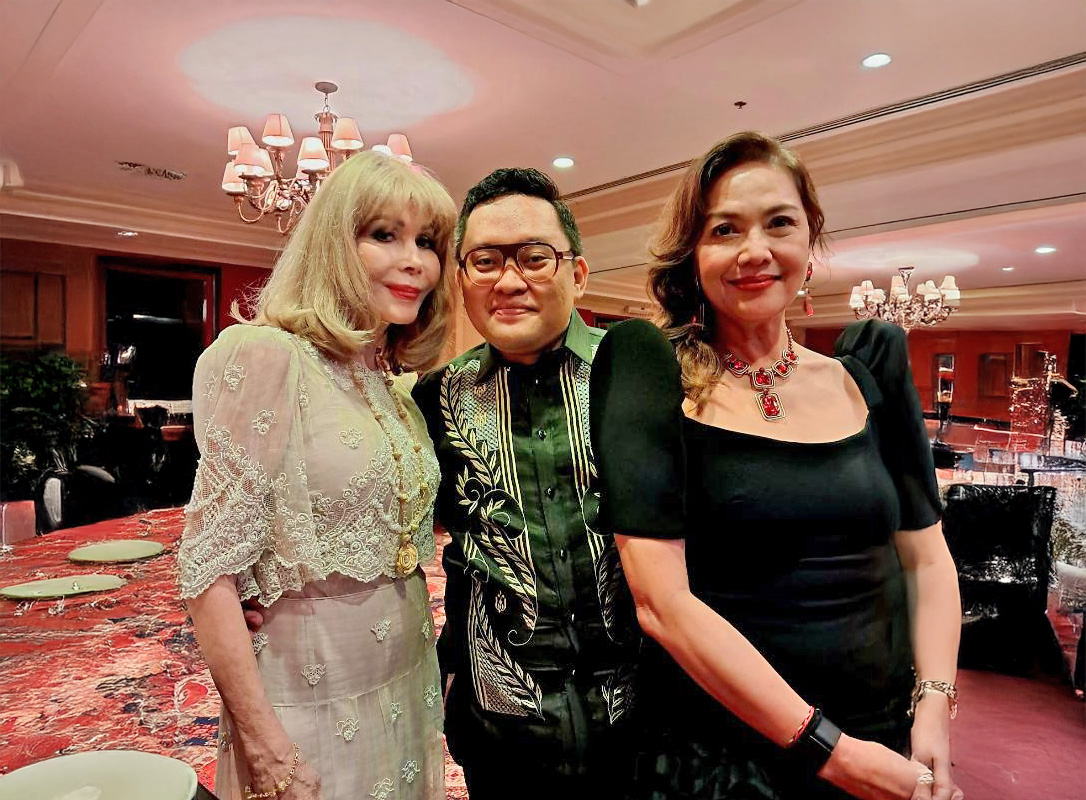
by Kingsley Medalla | photography Emmanuele Sawit
Fashion
Behind the Scenes: Backstage at The Philippine Terno Fashion Show 2025 in the Waterfront Cebu City Hotel & Casino
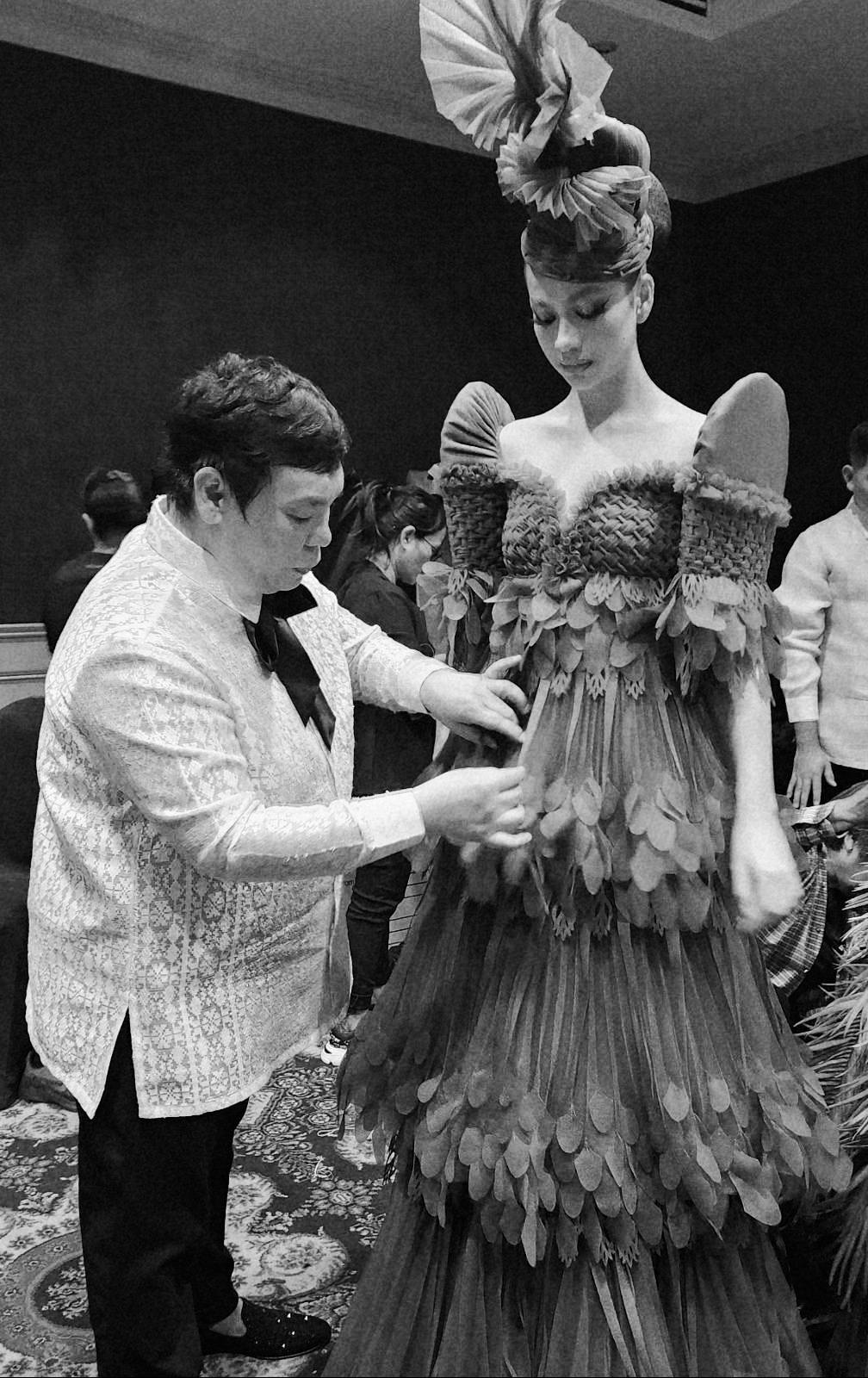
By Doro Barandino
What most people attending fashion events don’t realize is that the actual battleground happens backstage. Here’s a peek at the real magic that transpires among fashion designers, stylists, hair and make-up artists, dressers, and ramp models hours before showtime. In the recent Philippine Terno fashion show, a whole team of creatives in the fashion industry produced the most extravagant and whimsical recreation of the celebrated garment in the country’s cultural landscape.
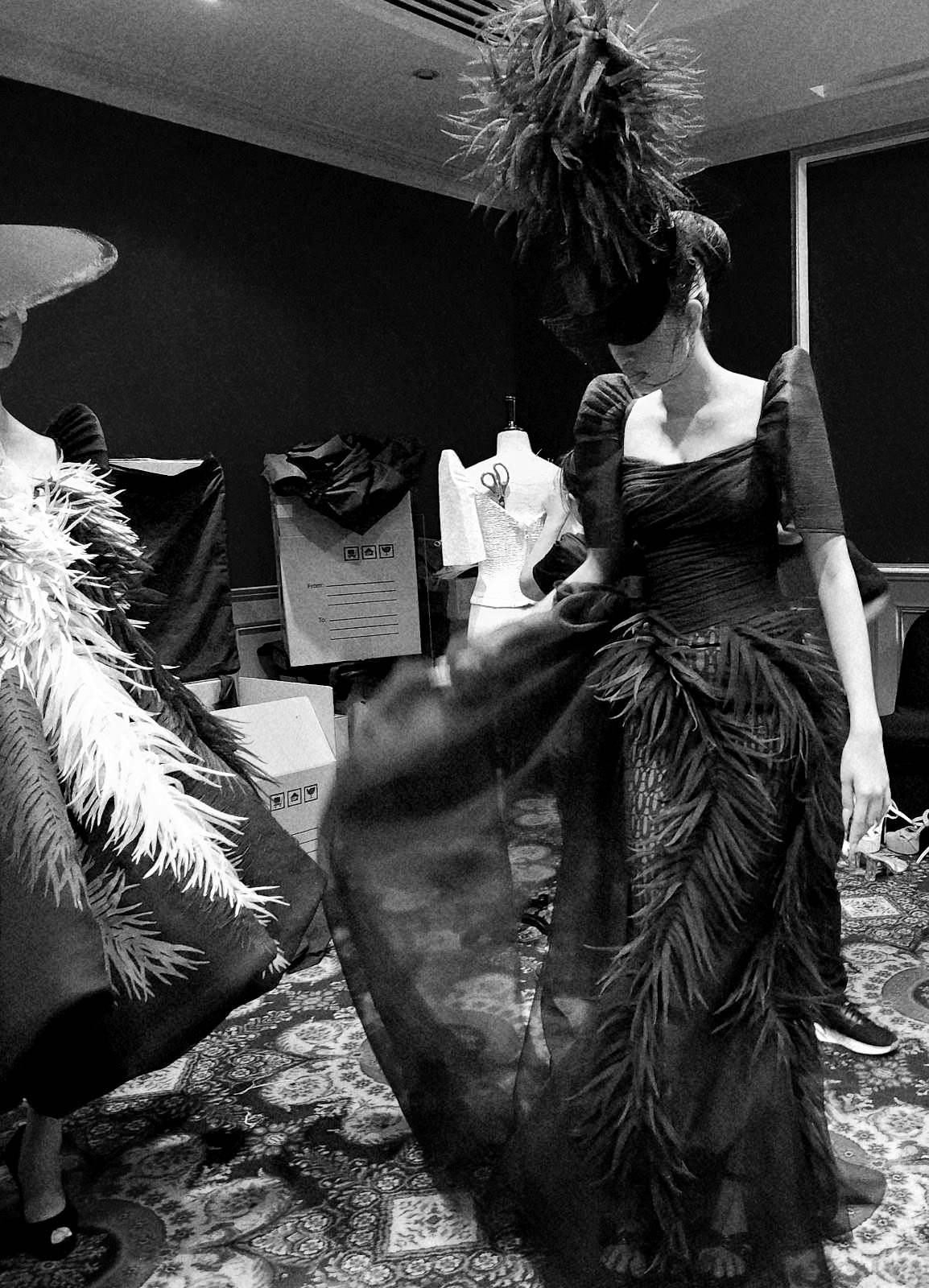
Fabric manipulation simulating bird feathers are the main features in Cary Santiago’s ternos.
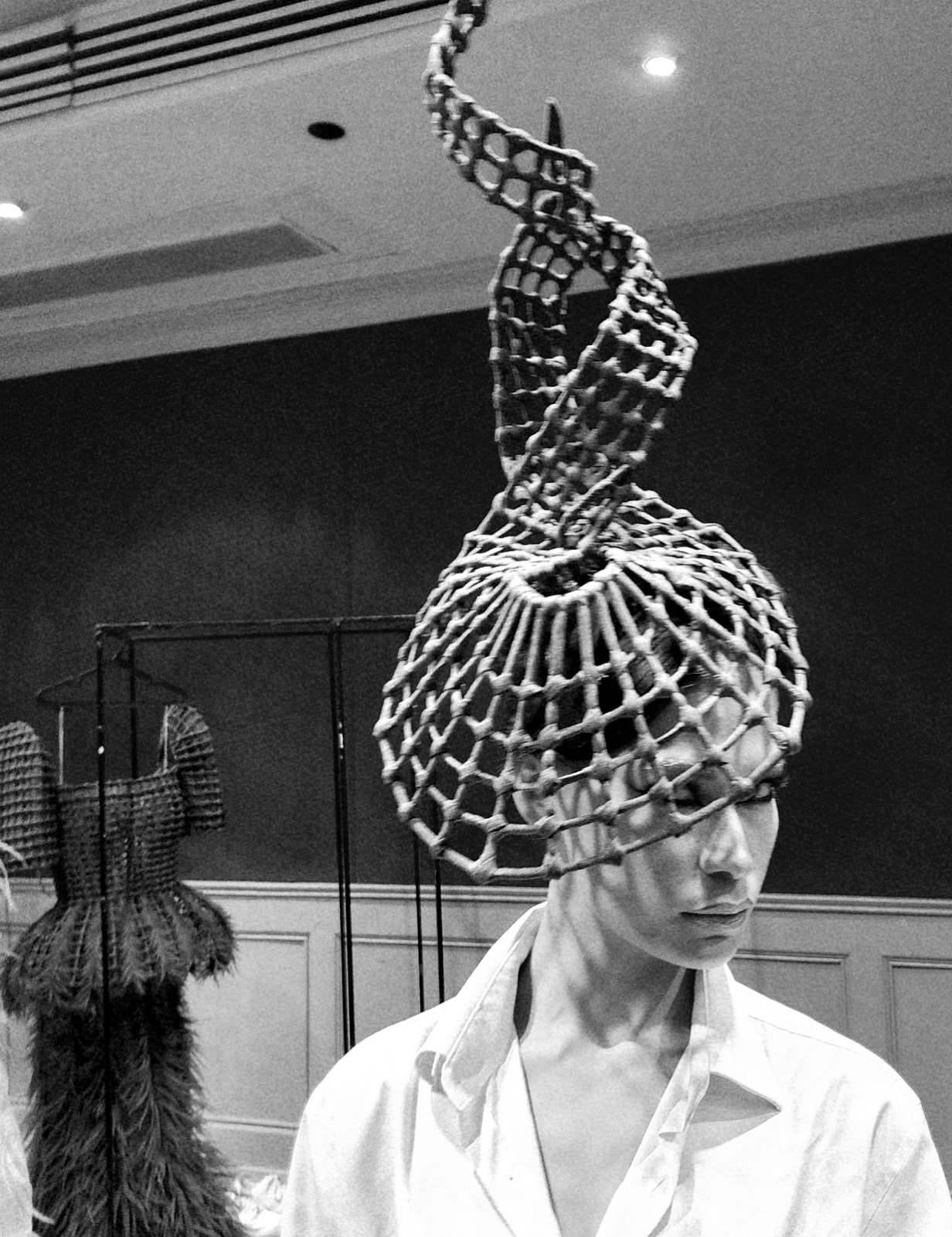
Mesh-like sculptural head accessories added to the visual impact of the designer’s collection.
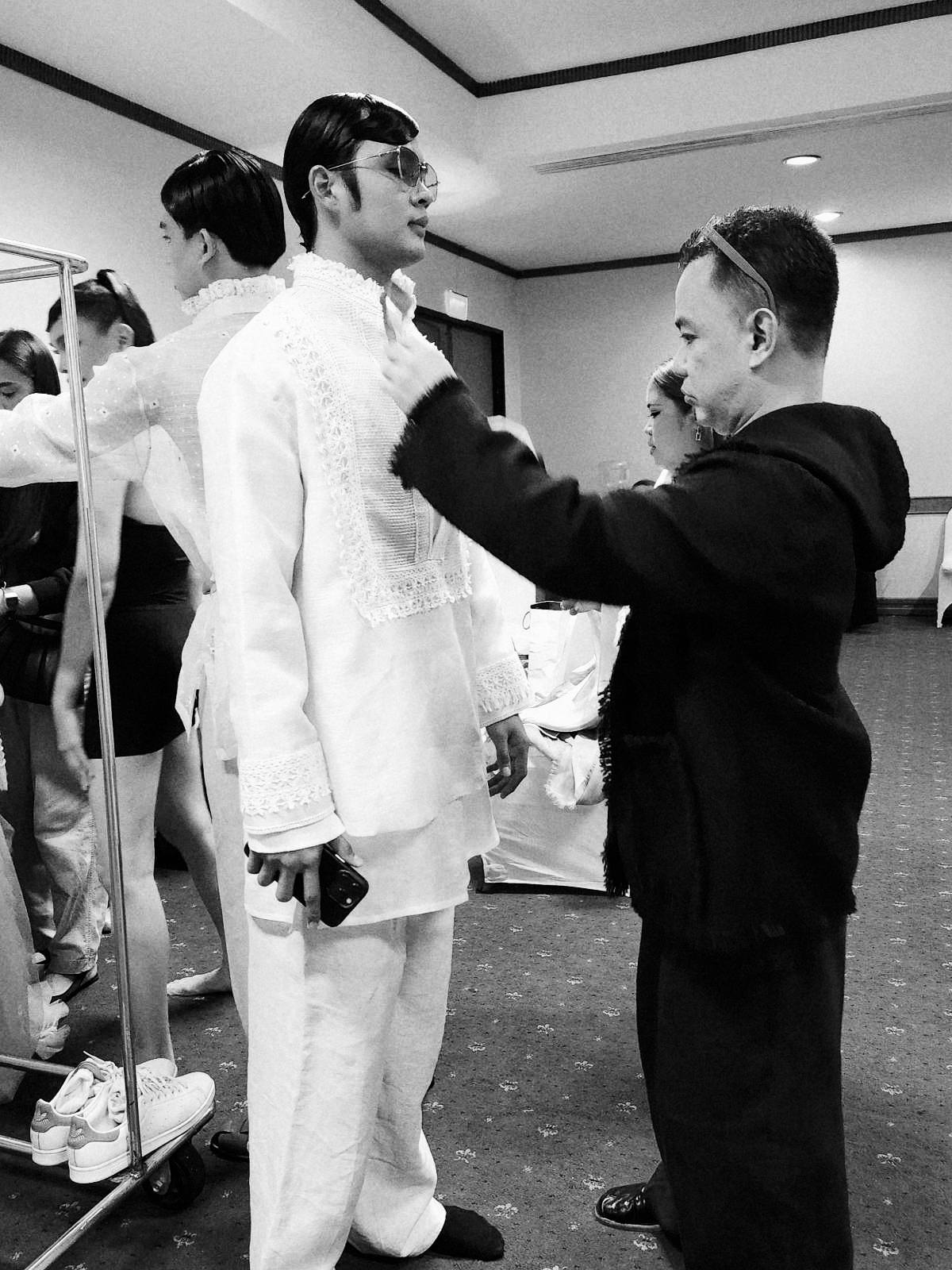
Jun Escario’s relaxed barong tunics are characterized by its fine embroidery on pinya fabric
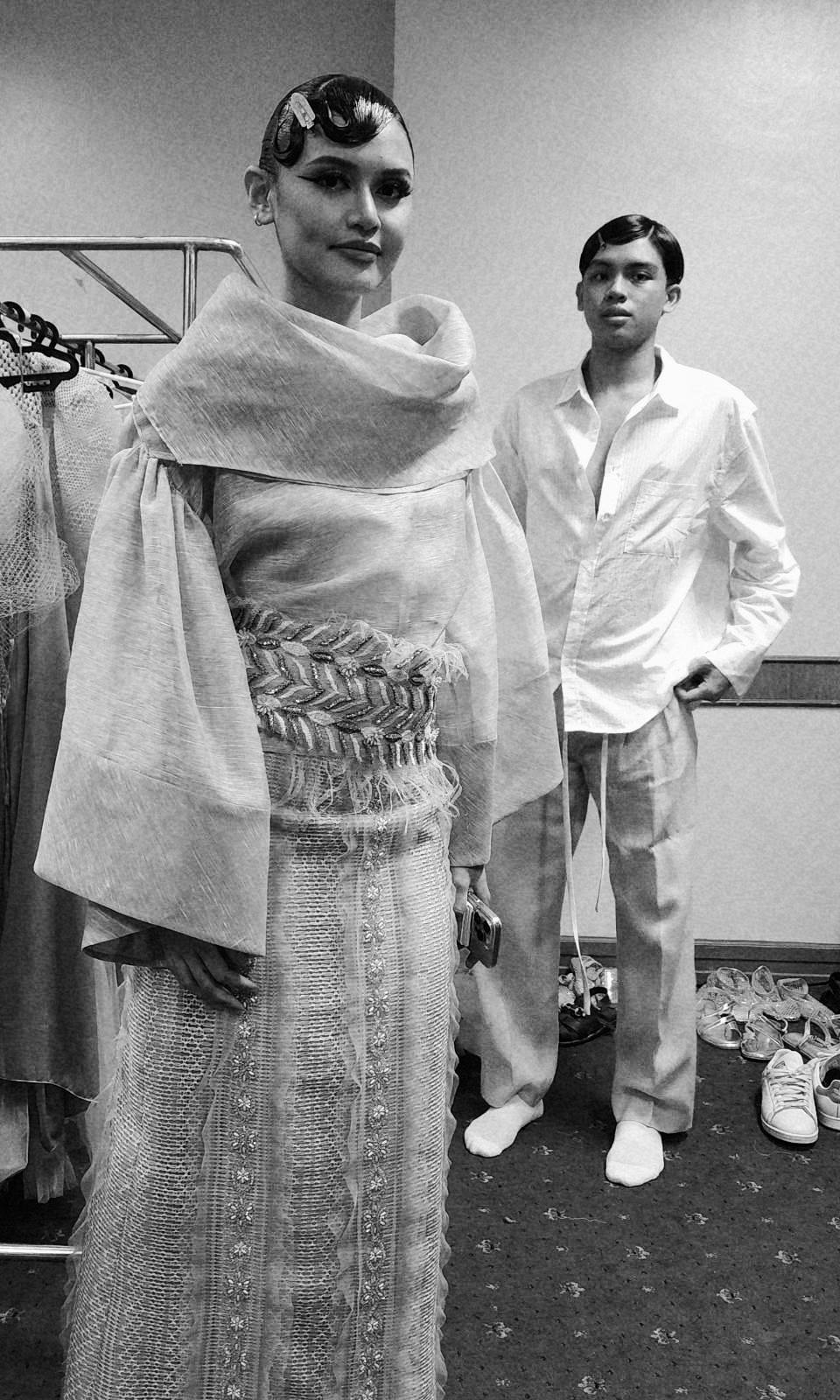
The modern kimona reinterpreted by Jun Escario.
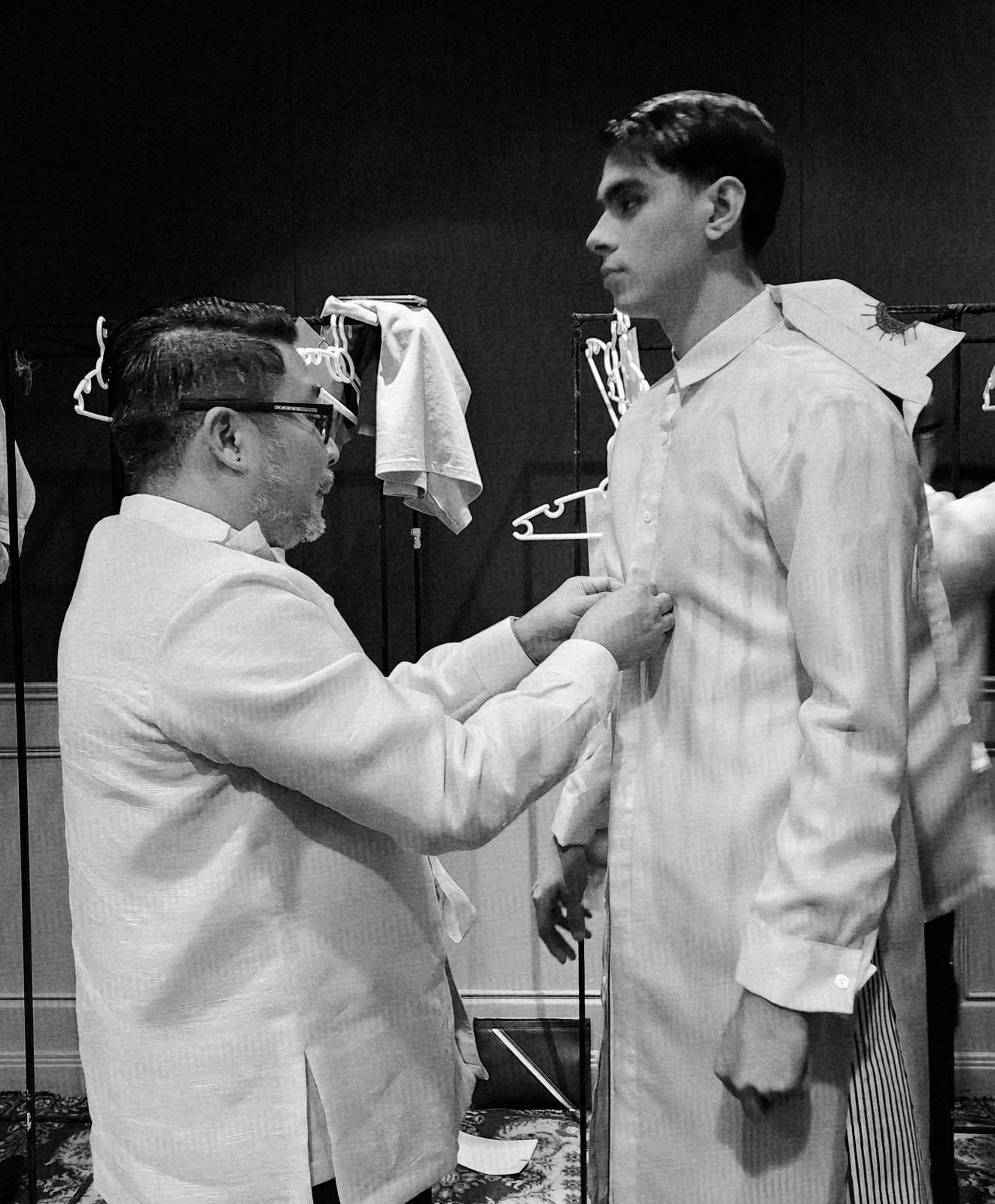
Edwin Ao’s take on the Barong is both linear and minimalist.
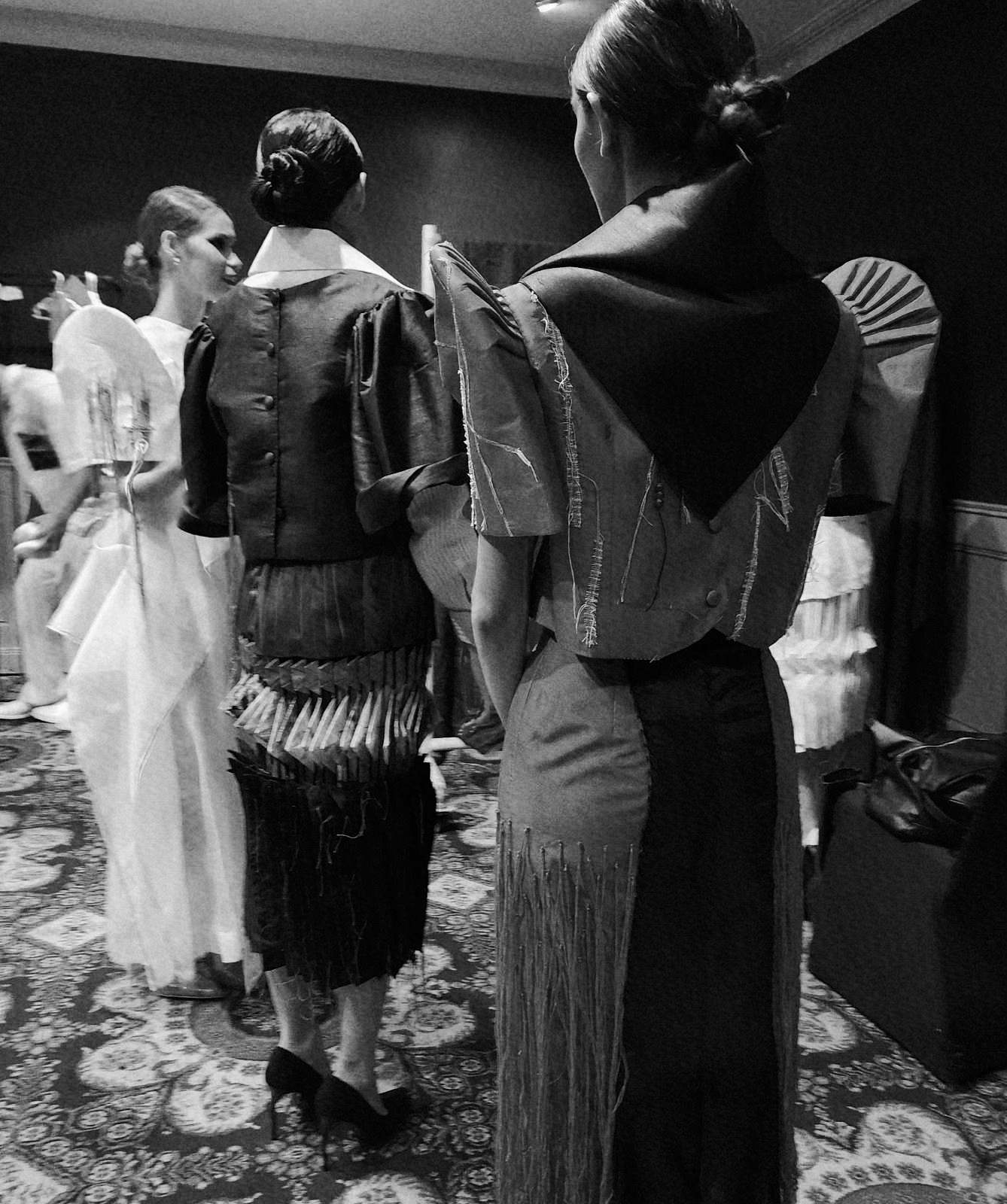
Edwin Ao ‘s modern version of the traditional baro at saya has architectural folds as its signature look.
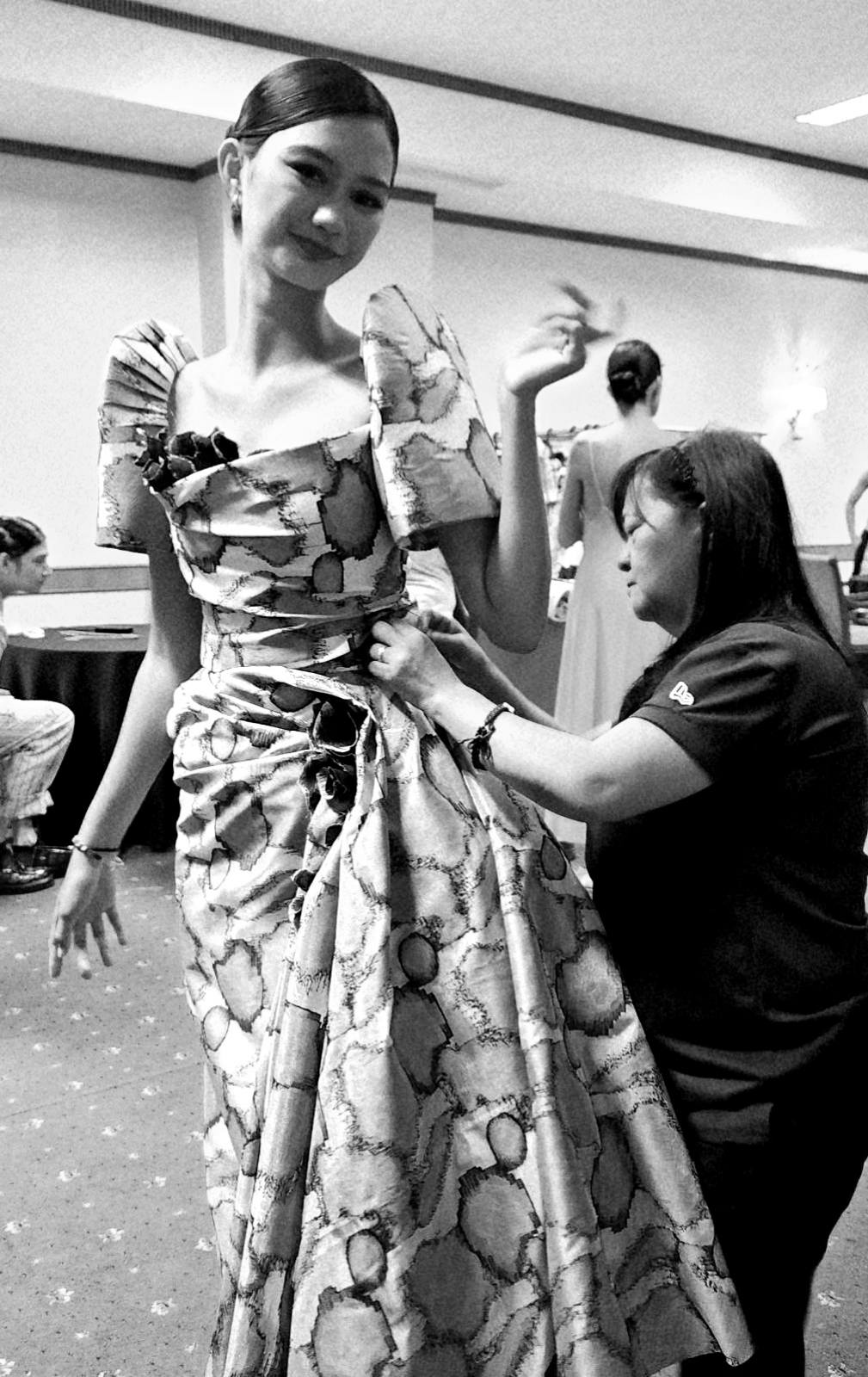
The classic terno has draping and printed silk fabric on Joji Lloren’s master class look
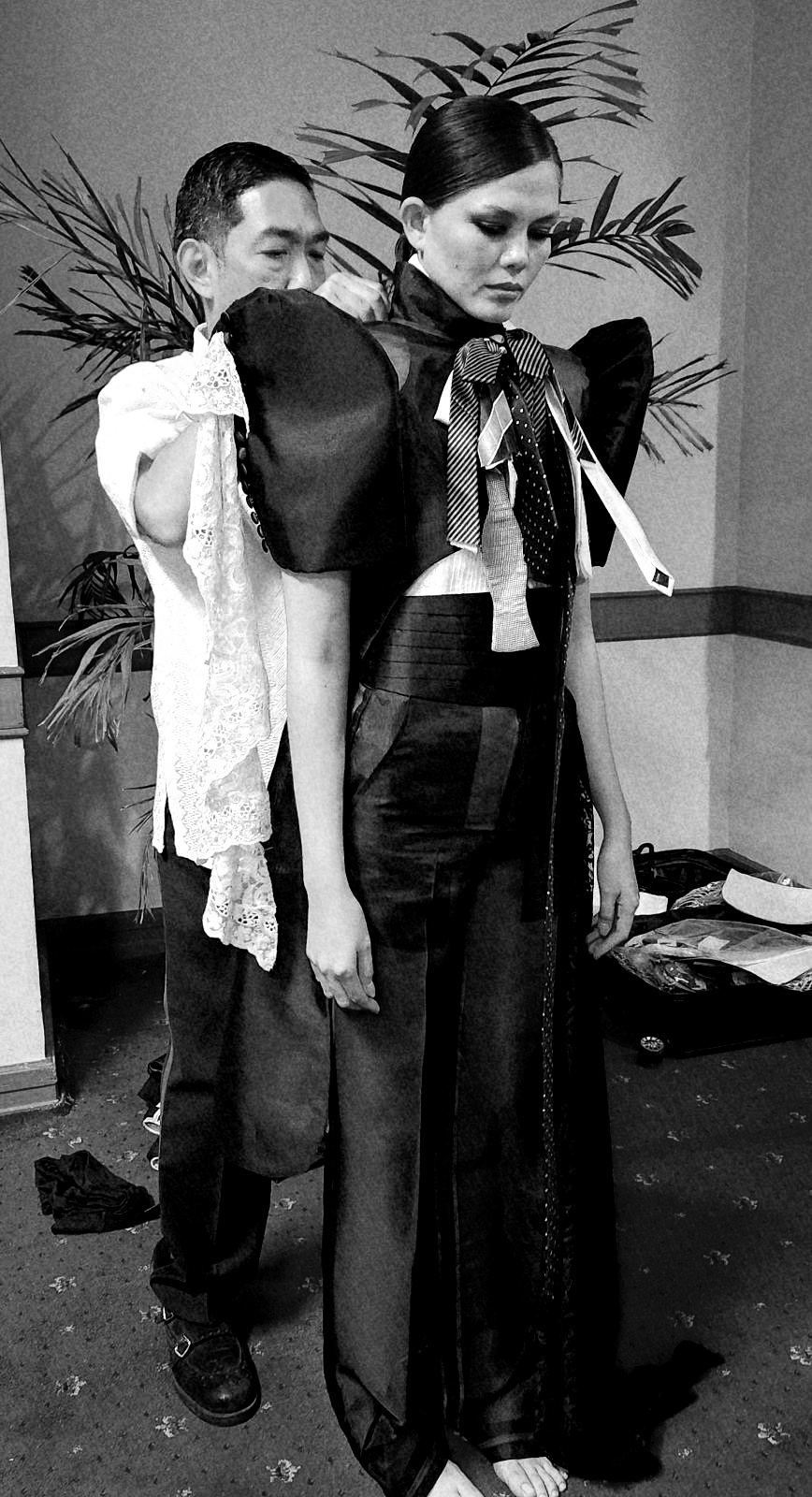
Joey Samson known for avant-garde designs has assorted neckties as an accessory to complement the color black.
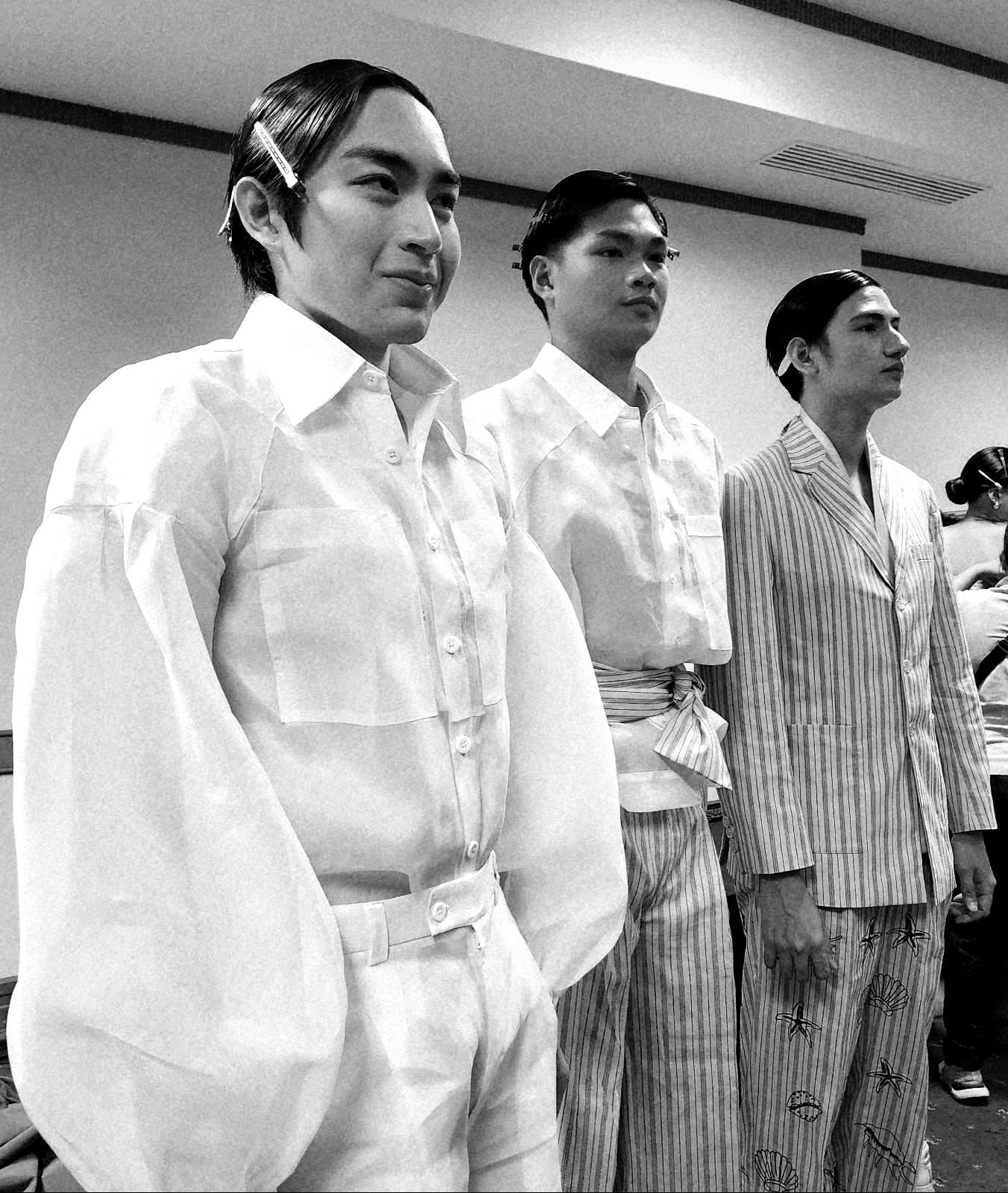
Protacio re-shaped the silhouette of the traditional barong Tagalog.

Joji Lloren added geometric patterns for a more contemporary look on the terno.
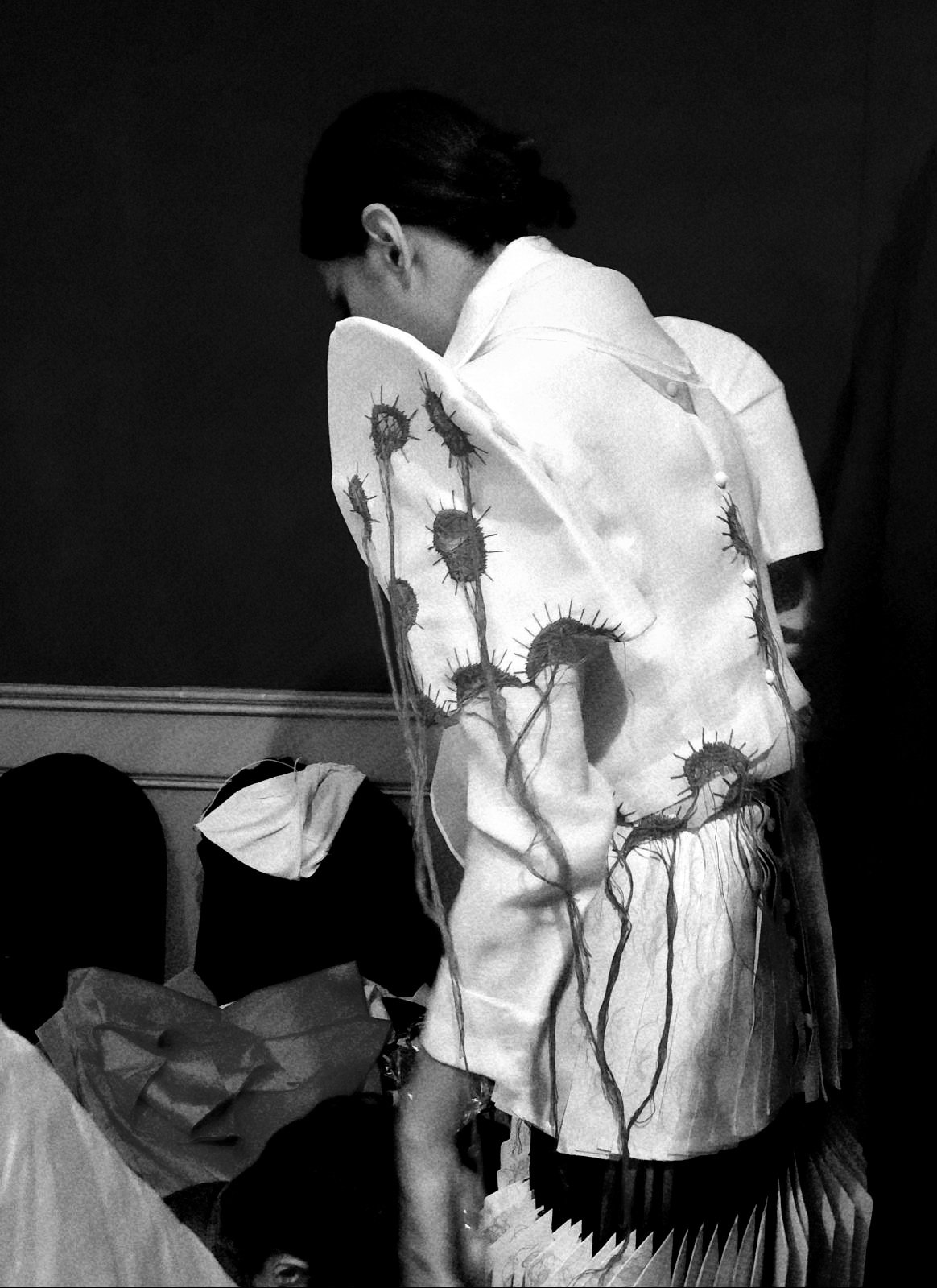
Unfinished stitches of embroidery leaving loose threads add movement and volume to Edwin Ao’s version of the terno
Fashion
Salt, Silk, and Stardom: Ten Reasons Celebrities Wear Amato by Furne One

by Oj Hofer
At Take Me to the Sea, Amato by Furne One unveiled more than a resort/bridal collection — he revealed a world suspended between tides and starlight, where salt, silk, and stardom stitched themselves into every look.
Held at The Hall of the Crimson Resort and Spa Mactan, the show was a transportive experience. As waves whispered beyond the glass, Amato’s gowns swept down the runway like sirens called to shore. Here are ten reasons why global icons return — time and again — to his sea of style.
1. Salt in the Craft
His garments carry the wild grace of the sea — textured, elemental, unforgettable. Every bead, cut, and crystal tells a story shaped by emotion and intuition.

2. Silk in the Movement
Though opulent, his creations float. There’s ease in the drama — cascading motion without weight. Ideal for performers who speak through movement.

3. Stardom in the Vision
Furne doesn’t chase trends — he conjures icons. His gowns command attention while allowing the wearer’s light to radiate.

4. Salt as Spirit
There is soul in the stitching — a deep undercurrent of cultural pride and personal mythology. His work carries weight because it carries truth.

5. Silk as Spellwork
His fabrics don’t just dress — they enchant. Each piece invites touch, reverence, and awe.

6. Stardom in the Silhouette
Furne understands form. He doesn’t simply clothe a figure — he sculpts for presence. For red carpets, concert stages, and film legends.

7. Salt of the Earth
Despite global acclaim, Furne remains grounded. His humility fosters collaboration, creating space for intimacy in the creative process.

8. Silk-Wrapped Strength
There is softness, but never fragility. These gowns are fierce — veiled in elegance yet unapologetically bold.

9. Stardom as Alchemy
Wearing Amato is not mere adornment — it is transformation. A star steps into a Furne One creation and becomes mythic.

10. Salt, Silk, and the Furne Himself
Furne One is the thread. With quiet charisma and a generous spirit, he doesn’t just dress celebrities — he disarms them. And from that space of trust emerges what every artist longs for: wonder.
And in Amato’s world, wonder always wins.

Fashion designer Furne One
-

 Style2 months ago
Style2 months agoHappy Melendres Traipsing Around Manhattan in Non-Stop Armani
-

 Arts & Culture3 months ago
Arts & Culture3 months agoKultura. Kapital. Kasalukuyan: Art that Speaks of Today
-

 Prime Target2 months ago
Prime Target2 months agoMiko Sarmiento: Turning Silk Scarves Into Works of Art
-
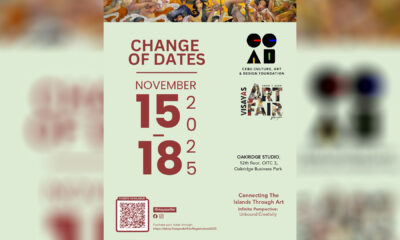
 Arts & Culture1 month ago
Arts & Culture1 month agoVisayas Art Fair Year 5: Infinite Perspectives, Unbound Creativity
-
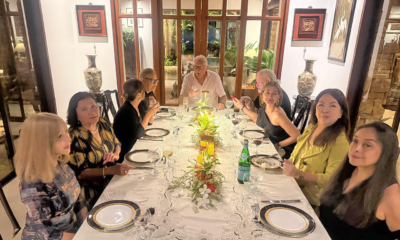
 The Scene3 months ago
The Scene3 months agoAnother Elegant Dinner at Chez Marguerite
-

 Prime Target3 months ago
Prime Target3 months agoLuna Vdl–Endless Summers in Siargao
-

 QuickFx2 months ago
QuickFx2 months agoI Lost It at the Movies: Five of the Most Significant Films of the 1960s
-

 Travel1 month ago
Travel1 month agoAutumn in Istanbul: Fellow Travellers Share Turkish Delights





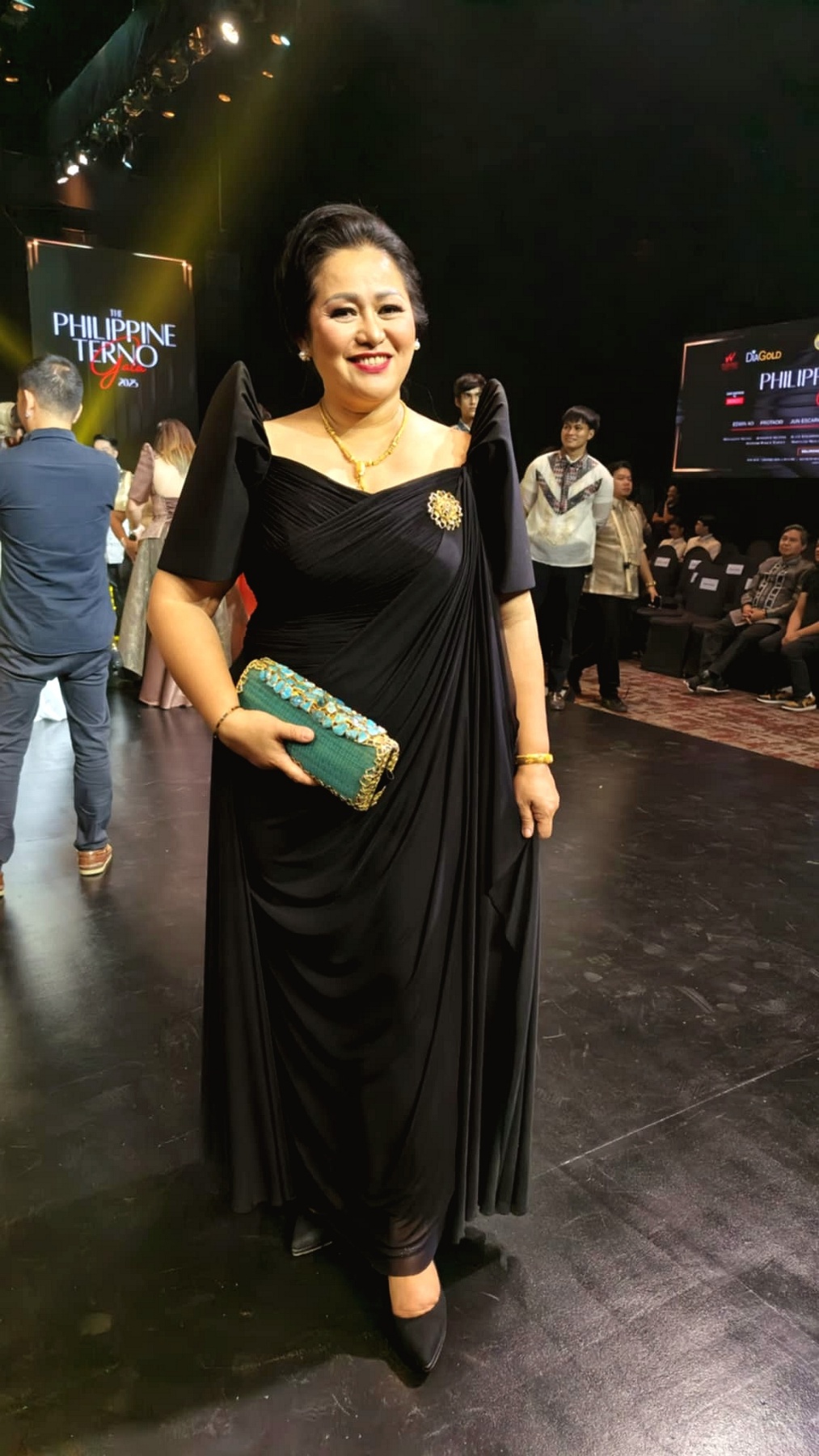
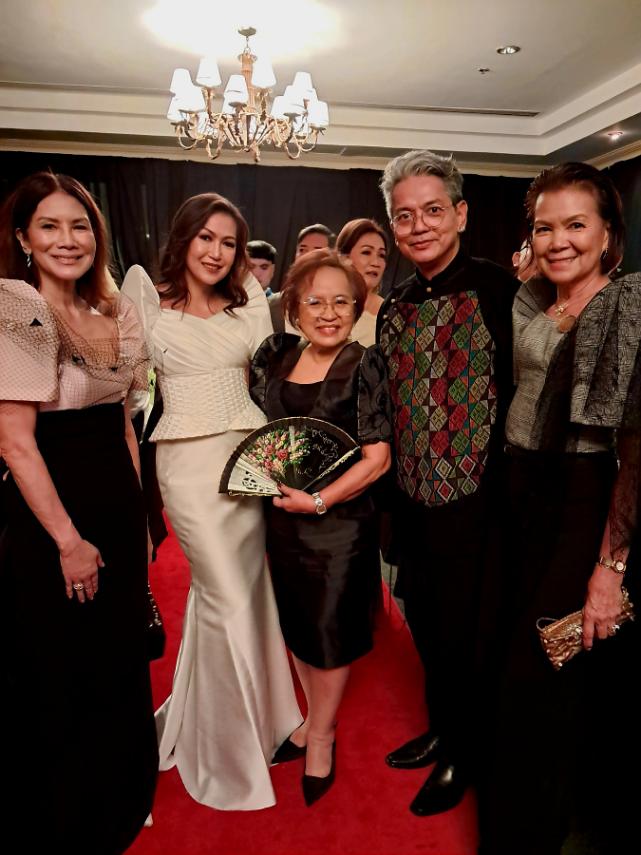

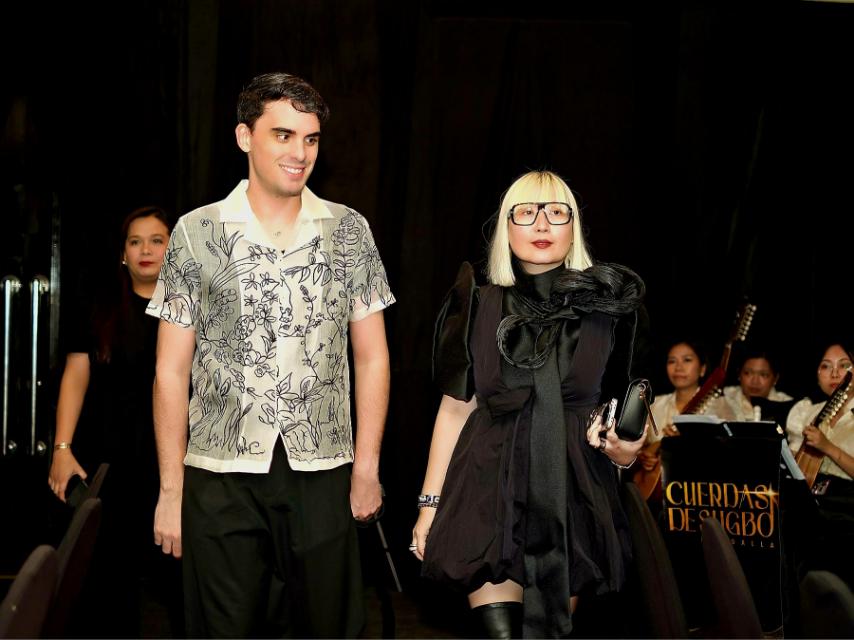
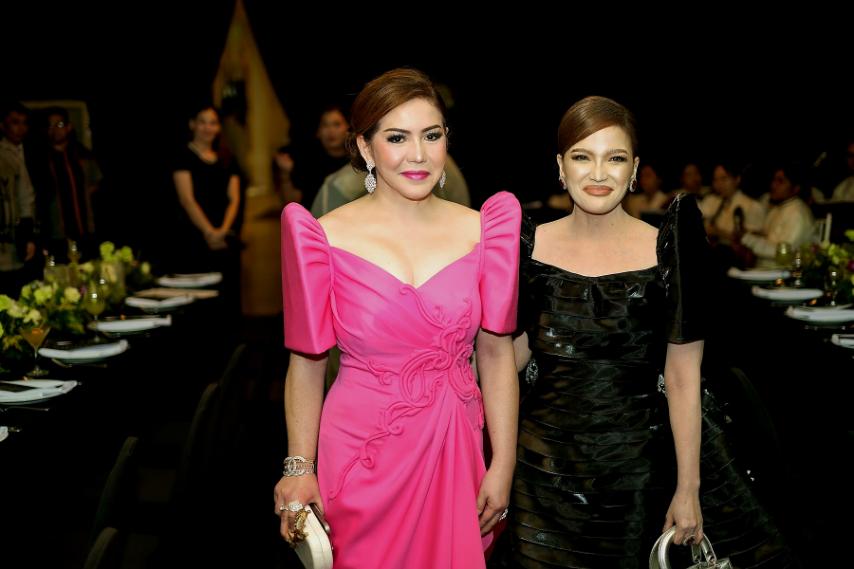
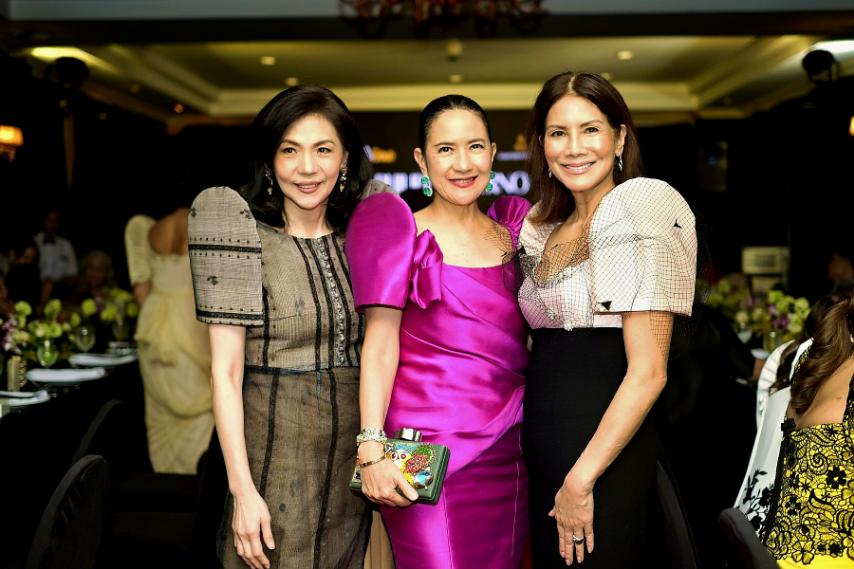
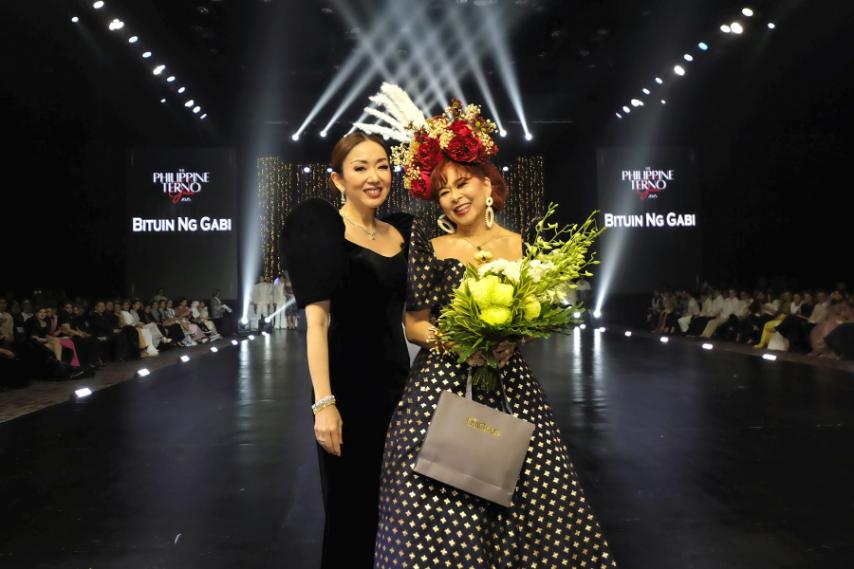

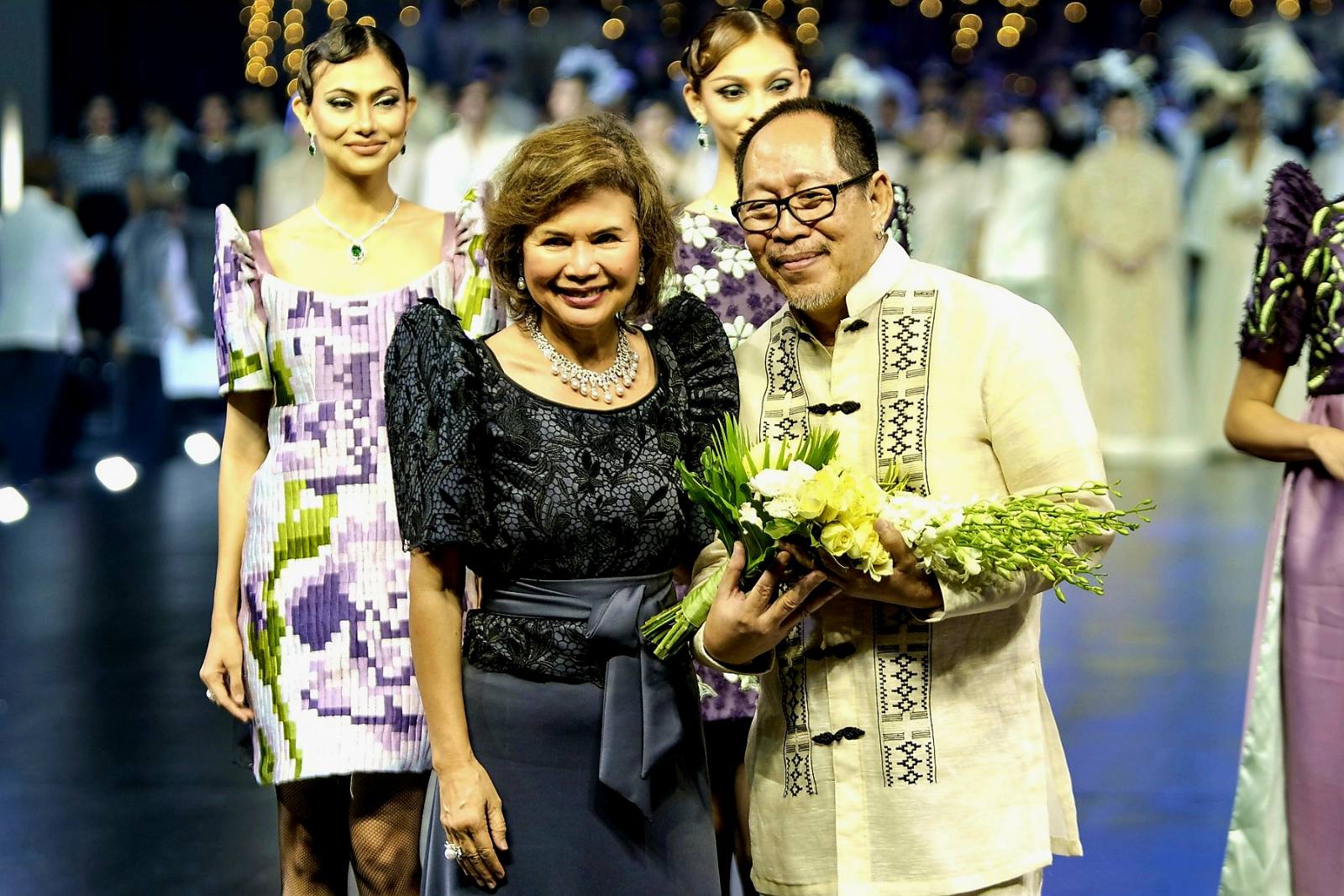
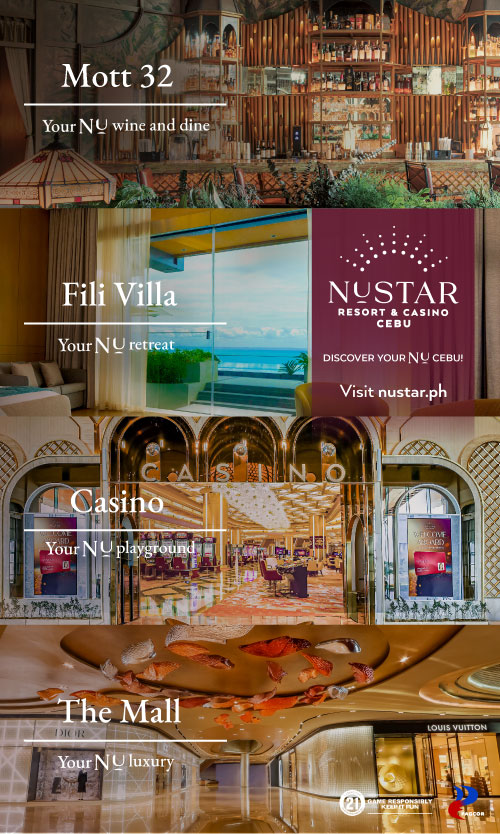


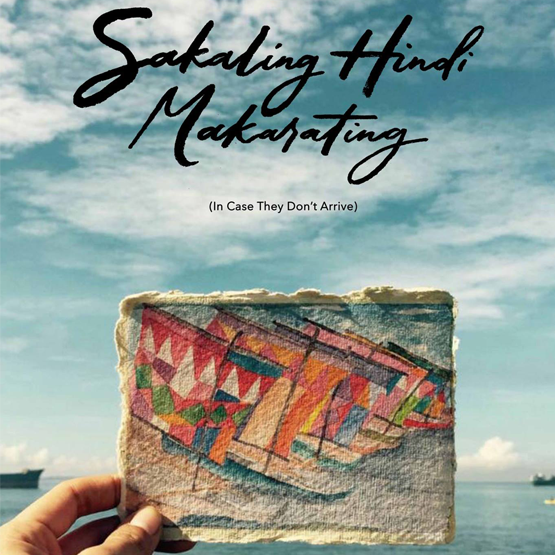




You must be logged in to post a comment Login